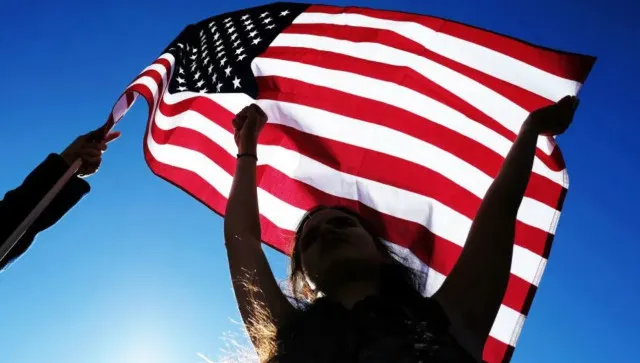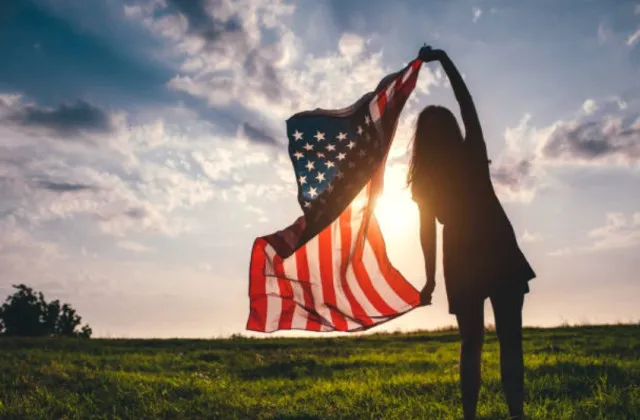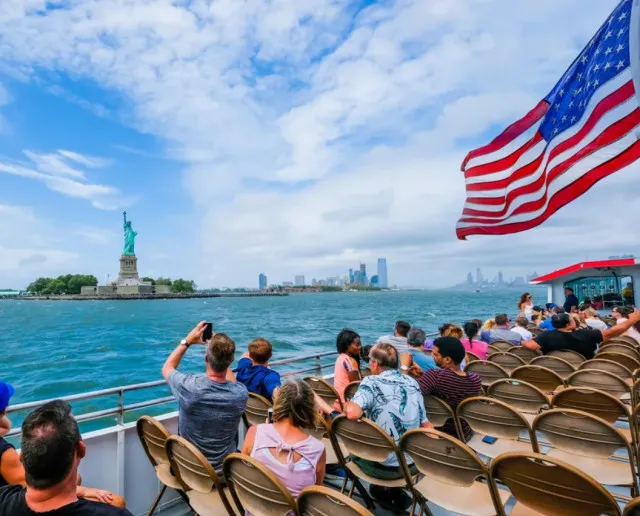Gen Z and Millennials doubt the “American Dream” due to economic struggles, rising costs, and shifting societal expectations in today’s world.
Many young people today are less convinced about the idea of the “American Dream.”
This phrase suggests that anyone in the United States can achieve success through hard work and determination.
A recent survey shows that Generation Z and Millennials are more skeptical about this belief compared to older generations.

What is the American Dream?
The American Dream is a long-standing idea that everyone has the chance to succeed.
Historian James Truslow Adams popularized it during the Great Depression in 1931.
The dream is linked to concepts from the Declaration of Independence, which states that “all men are created equal” and have the right to “life, liberty, and the pursuit of happiness.”
However, the current perception of this dream varies widely among different age groups.
According to a new survey by the Pew Research Center, just over half of Americans believe the American Dream is still achievable.
Specifically, 53% of respondents expressed confidence in the dream’s viability.

Younger generations are more skeptical than older ones.
The survey reveals a clear divide between younger and older Americans.
Most individuals over the age of 50 believe that the American Dream is still possible. However, only 43% of people aged 30 to 49 share this view.
The most skeptical group is young adults aged 18 to 29, with only 39% believing the dream is alive.
Additionally, about 36% of this age group feel the American Dream is out of reach for them.
This growing skepticism among younger generations can be attributed to various factors, including economic challenges and social changes.

Economic challenges have heightened skepticism among youth.
The American economy has faced significant hurdles over the past few decades.
Between 1950 and 1980, social mobility increased, allowing more people to rise in status.
However, this trend has sharply declined since then.
The 2007 financial crisis had a lasting impact, resulting in job losses and increased wealth inequality.
The slow recovery from this crisis left many young people feeling disillusioned.
The 2010s were marked as a “Decade of Disillusionment,” during which many struggled to find stable employment and affordable housing.
The COVID-19 pandemic further exacerbated these issues, leading to more uncertainty in the job market.

Wealth inequality fuels doubt about success.
Wealth inequality has become a critical issue in the United States.
In 1971, 61% of Americans lived in middle-class households. By 2023, that number had dropped to 51%.
Meanwhile, the number of billionaires in the U.S. has skyrocketed from 66 in 1990 to 748 in 2023.
This growing divide between the rich and the poor has made it increasingly difficult for younger generations to believe in the American Dream.
Many feel that the system is rigged in favor of those already wealthy, leaving little room for upward mobility.
Race significantly affects perceptions of opportunity.
Race also plays a significant role in how people perceive the American Dream.
The survey indicates that 11% of Black Americans believe the dream was never a reality for them, while 33% feel it is out of reach.
In contrast, 55% of White Americans feel the dream is still achievable, with only 4% believing it was never possible.
These disparities emphasize the different experiences people face based on their race and economic background.